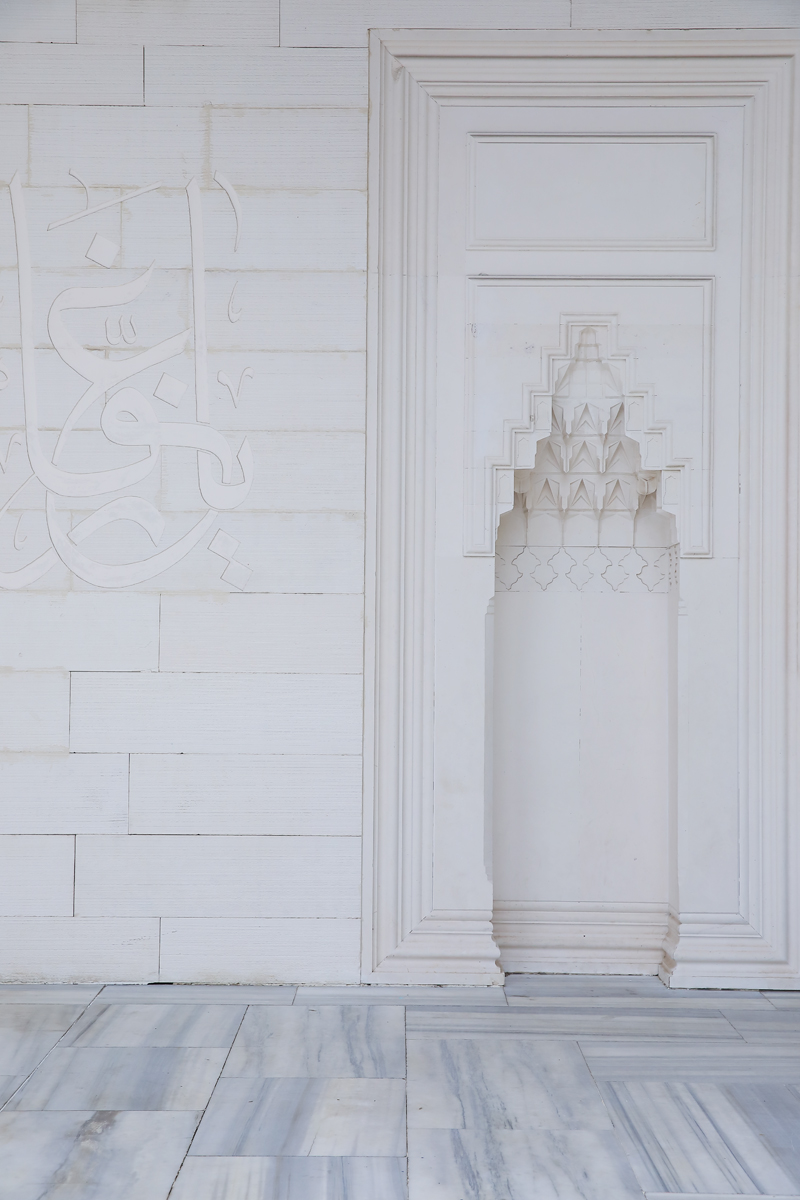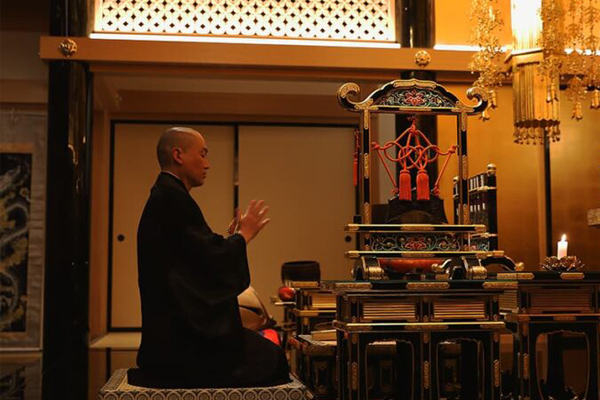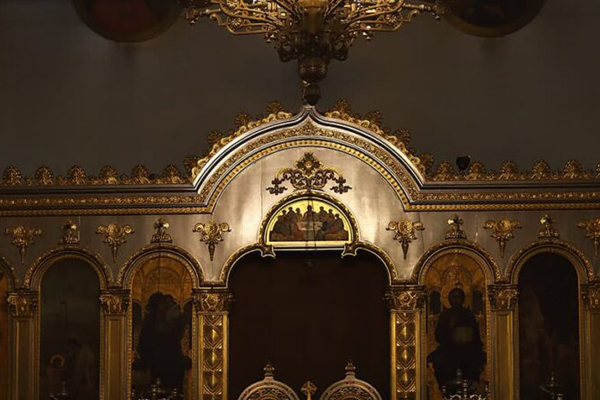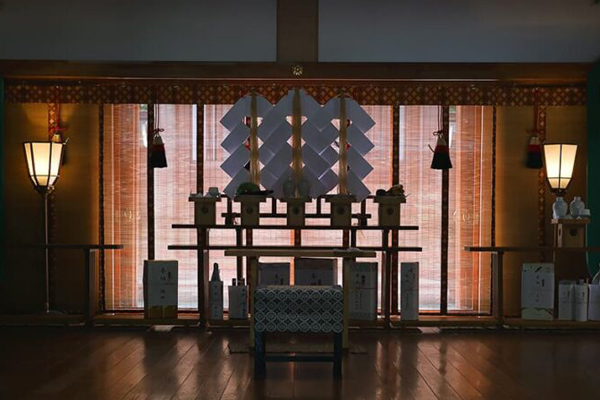祈りの所作。
Feature | 2024.07.24
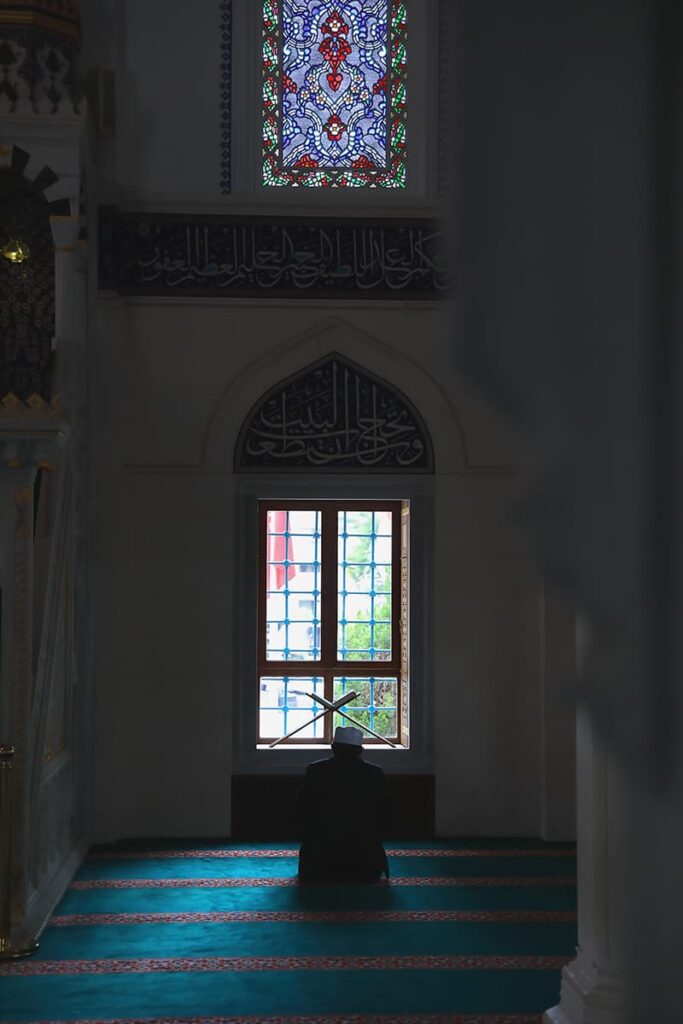
東京ジャーミイ・ディヤーナト トルコ文化センター
世の中には多くの宗教があり、それぞれの祈りがある。
それらの所作を少しでも知ると、人が祈ることの意味が見えてくるかもしれない。
人は祈る。 家族のために、 世界のために、 未来のために、 そして自分のために。日本では、 祈りは生活のさまざまな場面に根づいている。 家に神棚があれば柏手を打ち、仏壇があれば手を合わせる。朝日に向かって礼拝をする人もいれば、食事の前に頭を軽く下げて「いただきます」という。
歳時のなかにも祈りは多くある。正月の初詣や彼岸の墓参り、クリスマスのミサ。 そしてお盆には先祖を迎えるための準備を整え、心静かにそのときを待つ。
祈りは心地いい。手を合わせ、目を瞑り、神に、仏に、先祖に語りかける。いつもお世話になっています。ありがとうございます。 こんなことやあんなことがありました。 そしてよろしくお願いします。
祈りは安心。 叶うかどうかはわからない。でも、それでも信じることができる。 一瞬でも、なにかにすがることができる。祈りは人に、大きな安心感をあたえてくれる。
祈りってなんだろう? 祈ることが多いからか、 ときどき、自分はなぜ祈っているのだろうかと思う。世界には多くの宗教があり、それぞれの教義や信仰対象がある。 なのに、祈るという行為は共通している。
みんなはなぜ祈るのか? その答えの入口に立ちたくって、イスラム教のモスクと正教会、 神社、そして寺を訪ねてみた。それぞれに異なる祈りについての話を聞きながら、でも根の部分は同じことを言っているような、そうでないような。
宗教はどれも奥深く、一朝一夕で理解できるものではないことはわかっている。でも、とにかく、話を聞けばぼんやりとでも、祈りの正体が見えてくるかもしれない。そんな想いから、今号の特集が始まった。
People pray for their family, the world, the future, and themselves.
In Japan, prayer is deeply rooted in daily life. Clapping hands at Shinto altars, pressing hands together at Buddhist altars, bowing to the morning sun, or saying “itadakimasu” before meals.
Seasonal events also involve prayers. The first shrine visit of the New Year, equinox grave visits, and Christmas mass. During Obon, people prepare to welcome ancestors and wait quietly.
Praying feels good. People join hands, close their eyes, and speak to God, Buddha, or ancestors. We are always in your care. Thank you. This and that happened. Please keep watching over us.
Prayers are comforting, even if fulfillment is uncertain. They provide belief and something to rely on, bringing great comfort.
What is prayer? As I pray often, sometimes I wonder why I pray. The world has many religions, each with its doctrines and deities, but they all have praying in common.
Why do people pray? To find out, I visited a mosque, an Orthodox church, a Shinto shrine, and a Buddhist temple. Listening to the various stories, the core messages of prayer were both similar and different.
Each religion is profound and not easily understood, but listening to these stories might shed some light on the nature of prayer. Such thoughts inspired this issue’s special feature.
There are many religions, each with its prayers.
Learning about these practices can help us understand the meaning of prayer.
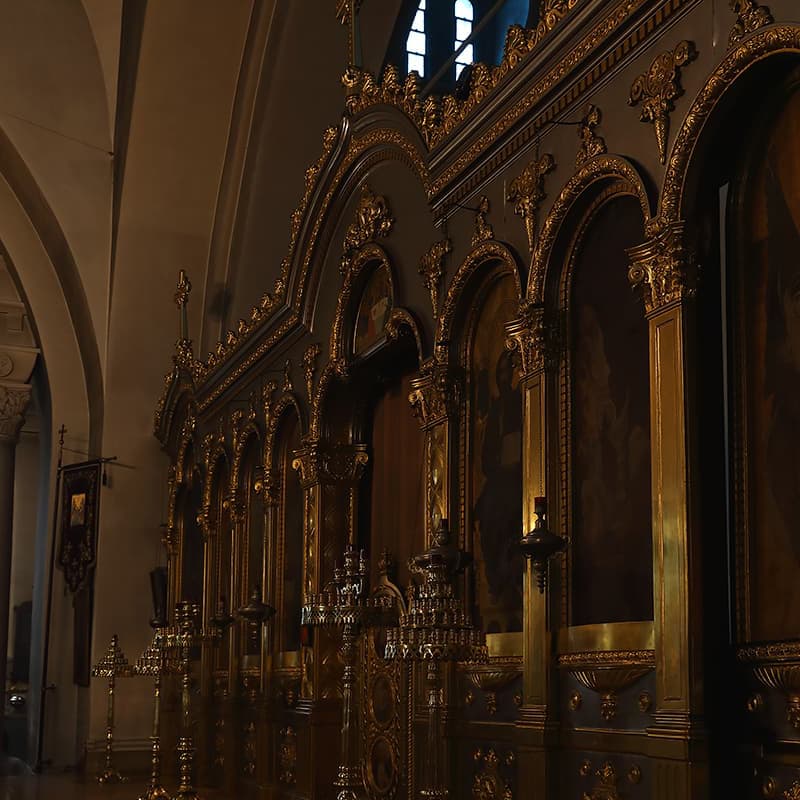
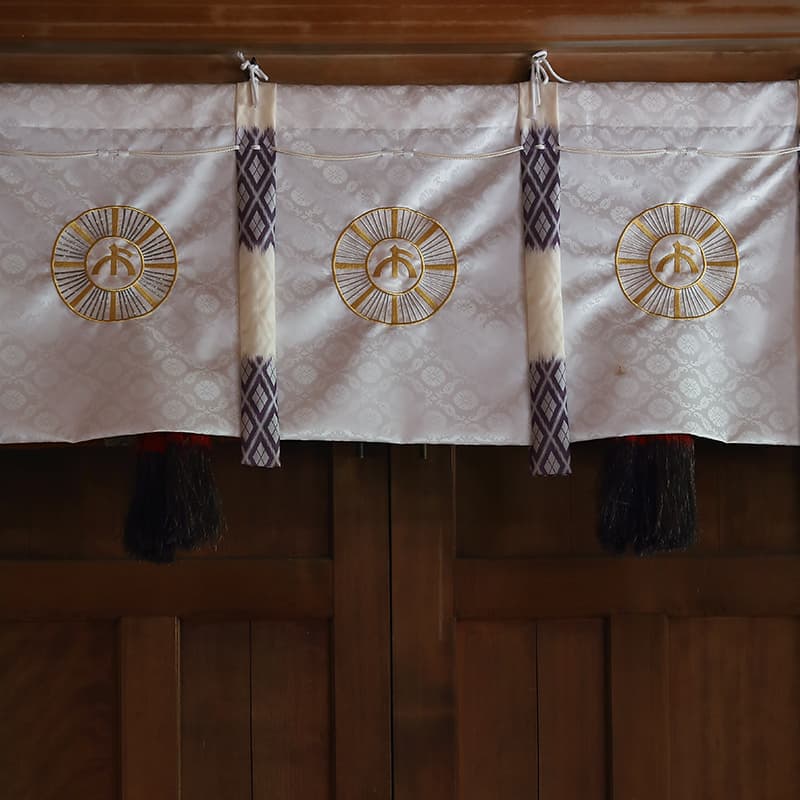
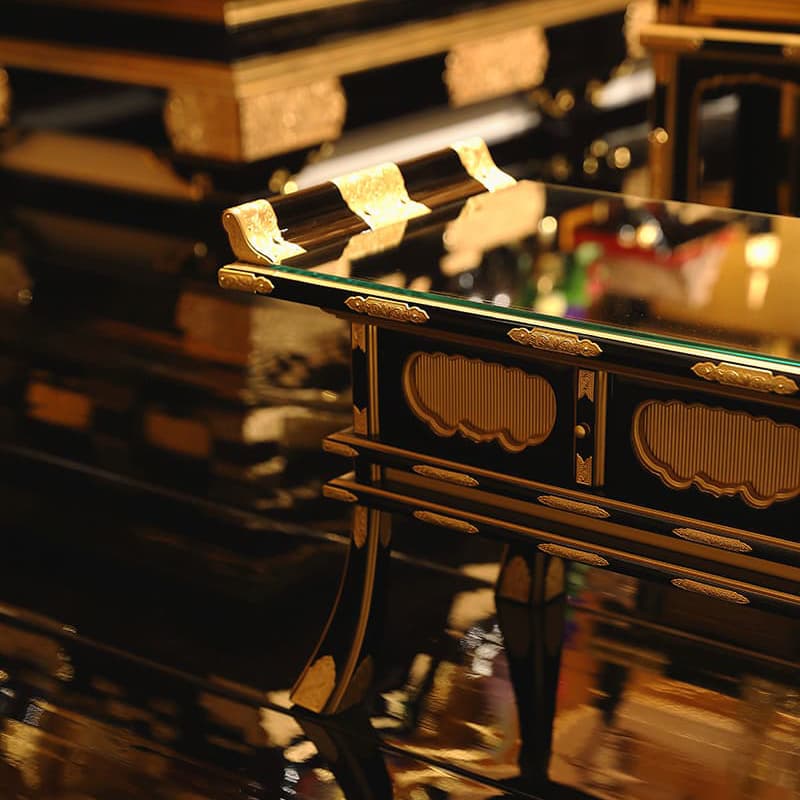
a.東京復活大聖堂(ニコライ堂)
b.千勝神社
c.瑞華院 了聞

閲覧中の特集はこちら
